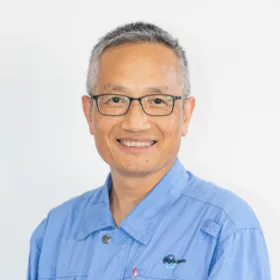
HighChem Tokyo Research Center Material Research Branch Office
Director Mr. T
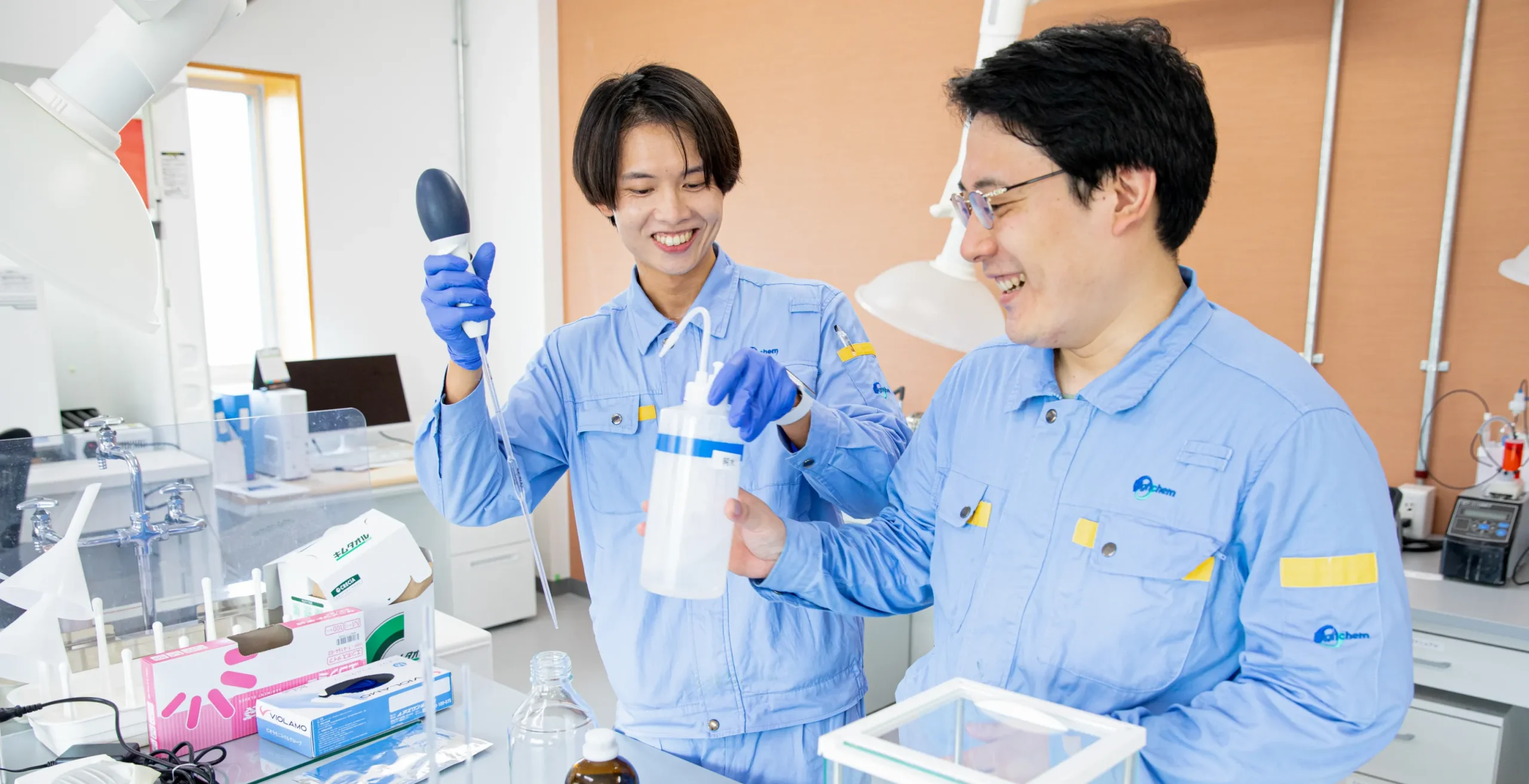
Development of biodegradable plastics such as polylactic acid (PLA) is one of HighChem’s key projects. While environmentally friendly plastics are kind to the Earth, they also face challenges related to cost and material properties. HighChem’s mission is to promote the widespread adoption of these plastics by integrating sales and research efforts.
In 2020, HighChem began exploring the market for biodegradable plastics like polylactic acid (PLA). In September 2022, they established a materials research division to enhance the performance and facilitate internal implementation of biodegradable plastics.
In this interview, we spoke with researchers and development personnel from the sales team about their dedication to practical work and their passion for next-generation resin development projects. We encourage everyone interested in shaping the future of plastics to read this insightful content.
Research

HighChem Tokyo Research Center Material Research Branch Office
Director Mr. T

Material Research Branch Office
Researcher Mr. K
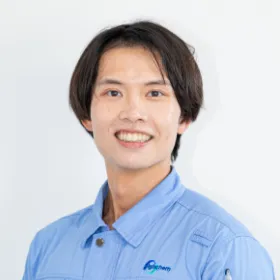
Material Research Branch Office
Researcher Mr. X
Sales
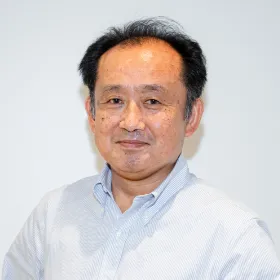
Sustainability & Innovation Div.
Fashion & Apparel Department
Product Manager Mr. F
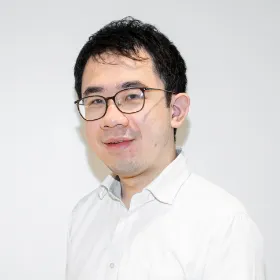
Trade Division Functional Polymers Department
Mr. R

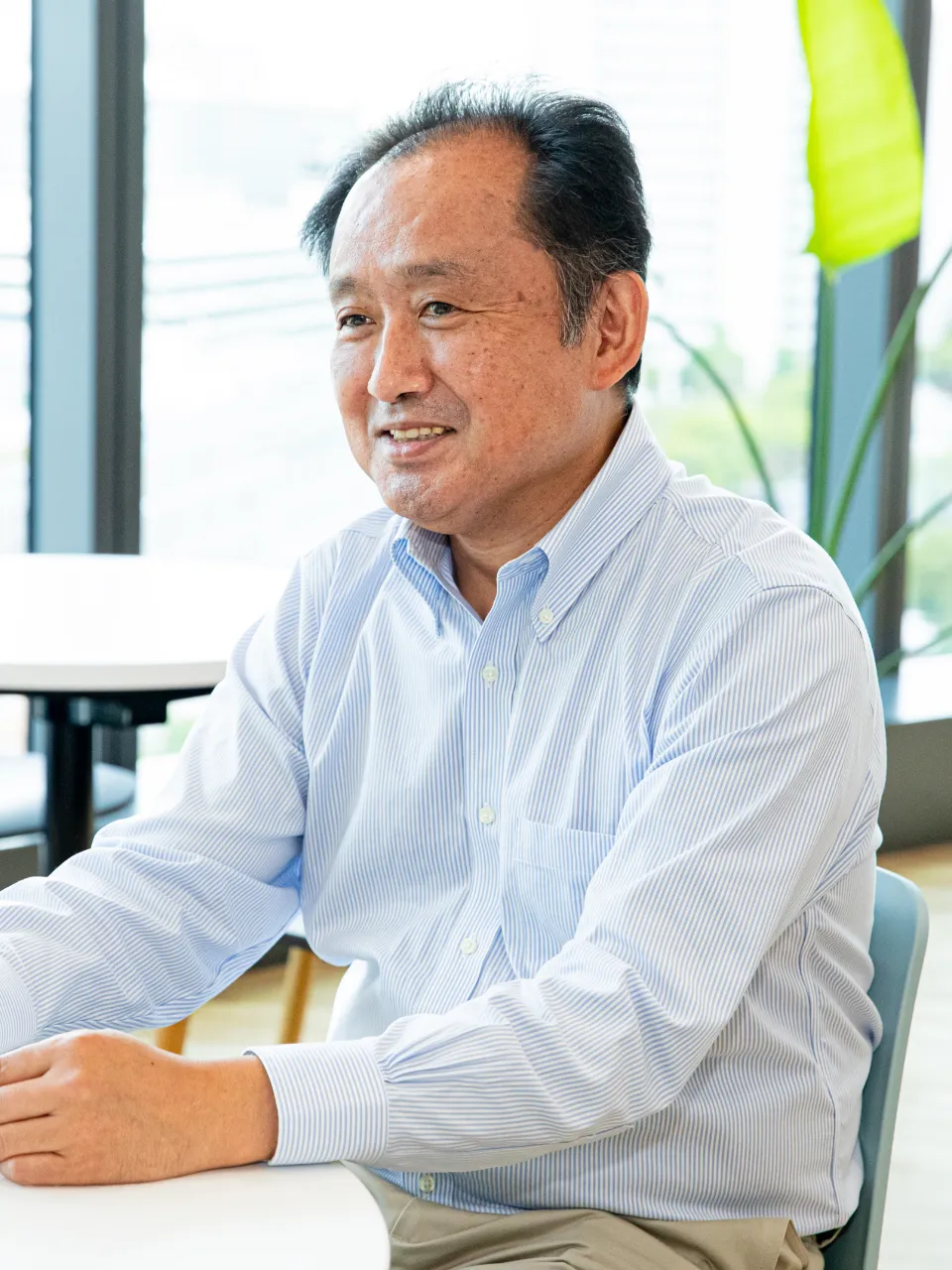
― HighChem has been working on market development for biodegradable plastics such as polylactic acid (PLA) since 2020. Could you please provide an update on the progress from the sales perspective?
R: The market development for polylactic acid (PLA) is still in progress, but inquiries from various industries focusing on environmental compatibility have increased. While the adoption of biodegradable plastics is slower in Japan compared to countries like China, there is growing interest in biomass-derived materials. We see potential for market expansion.
F: In the textile industry, HighChem’s biodegradable plastic business has gained recognition, and evaluations within the industry are positive. During the spring-summer season of 2023, 14 brands adopted our polylactic acid (PLA) brand, “HIGHLACT®,” for their products, which are now available in stores. This recognition and expansion reflect the success of HighChem’s efforts, and there are high expectations for further market development.
― In the context of expanding the market for polylactic acid (PLA), what expectations are directed toward HighChem?
R: In the context of expanding the market for polylactic acid (PLA), the expectations directed toward HighChem primarily revolve around cost reduction and enhancing resin functionality.
Regarding cost, the current global production of PLA stands at approximately 300,000 to 400,000 tons, whereas general-purpose plastics are produced in tens of millions of tons. HighChem’s cooperative partners are planning to produce PLA resin on a scale of one million tons, which further raises expectations for cost reduction.
Additionally, while PLA is an environmentally friendly material, it faces challenges related to heat resistance and other issues during molding. To address these, research and development focused on modification and additives are essential. The market has high expectations for HighChem’s research and development efforts in this regard.
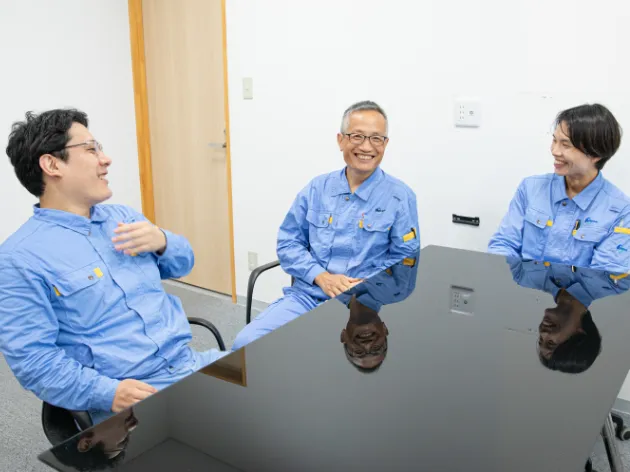
― In 2022, the Material Research Branch Office was established. Could you please tell me about the research content?

T: The Material Research Branch Office focuses on improving the performance and developing applications for biodegradable plastics. Additionally, they work on developing applications for resins with marine biodegradability and compounding biodegradable resins.

X: Research and development of polylactic acid (PLA) is particularly interesting from the perspective of sustainable material development. The process itself is environmentally friendly, and given the increasing demand for bioplastics, its potential is significant.
― I’d like to ask everyone in the research lab. What are the rewarding aspects of conducting research at HighChem?

K: In the lab, many people have changed jobs, and each person is doing different work. This diversity allows us to receive various perspectives and opinions, even when faced with challenges. Additionally, we collaborate on projects with external partners, which exposes us to a wide range of information and helps us see things from a broader perspective.
Moreover, it’s interesting that there are many Chinese researchers at HighChem. We openly share our opinions daily, and there’s always a positive and refreshing atmosphere.

X: At HighChem, research on biodegradable plastic is a new initiative, so I often find myself becoming the foremost expert in certain areas. In my previous role, I was always in a learning position, but now I’m in a teaching role. Teaching others isn’t my natural strength, but I believe this experience has been beneficial for me. Particularly, sharing self-developed measurement methods with colleagues contributes to solving new challenges and standardizing our work.

T: Research on biodegradable plastic was truly a fresh start for HighChem, as we had no existing machinery or facilities for this purpose. When we finally installed equipment in the new research facility and successfully prototyped it, it was incredibly rewarding. Joining HighChem has been the most significant experience for me.

K: Yes, indeed. Witnessing the establishment of the Material Research Branch Office, the installation of machinery, and the readiness of the facilities for starting a new project was truly moving. I felt genuinely excited to be present at the moment when the project was about to begin.
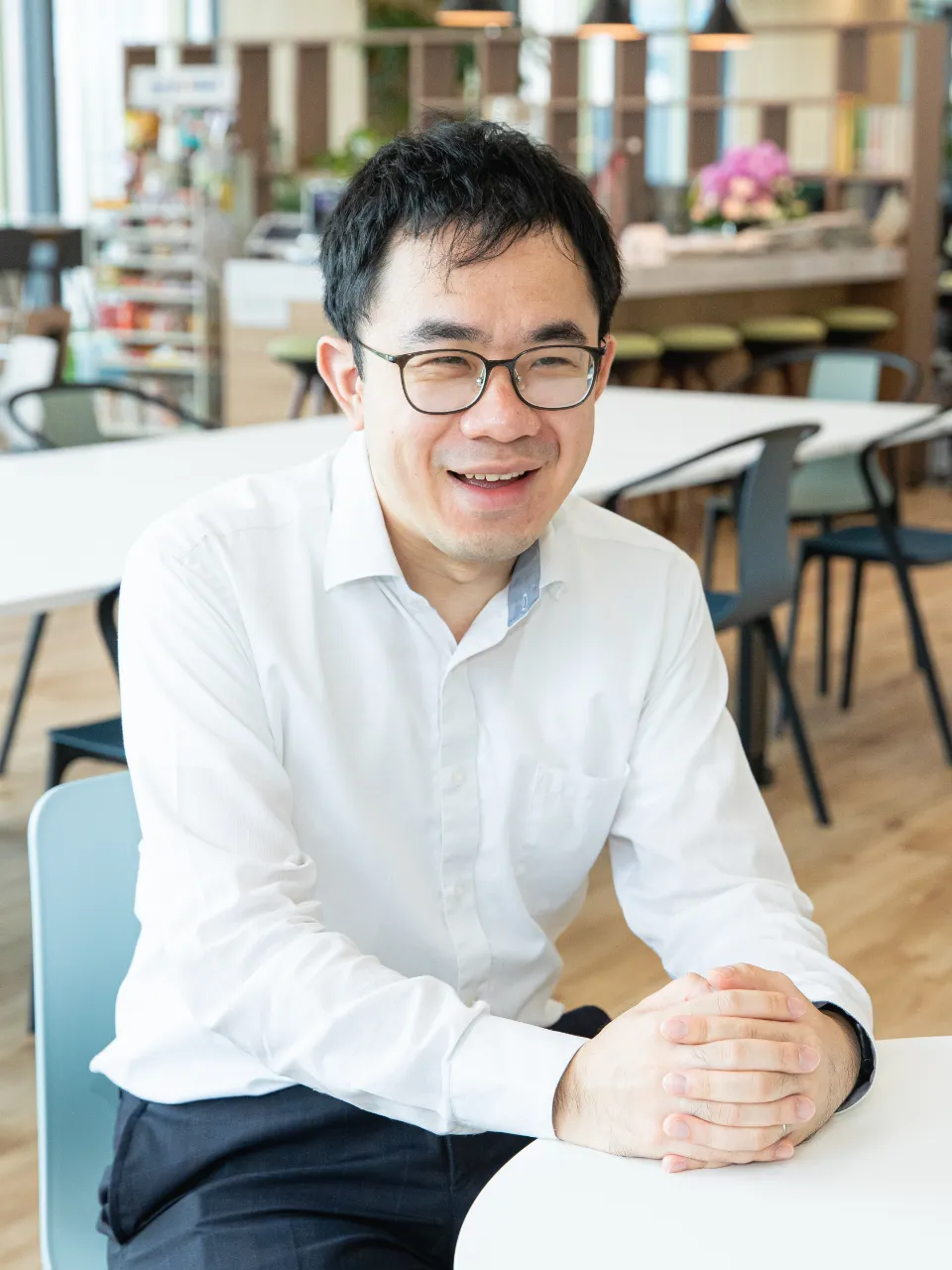
― For sales professionals, what do you think is the advantage of having research facilities within the company?
R: Having a wide range of specialized talent within the organization and well-equipped research facilities is quite rare for a trading company. Leveraging this expertise, we are actively working on developing next-generation products by adding value to polylactic acid (PLA). We believe that these initiatives differentiate us from other companies when presenting proposals to clients.
F: Absolutely. Additionally, having sales representatives like us within the company allows us to engage in application development, introduce solutions to customers, and discover partners within the supply chain. It’s fascinating how we can explore new business opportunities using our unique approach.
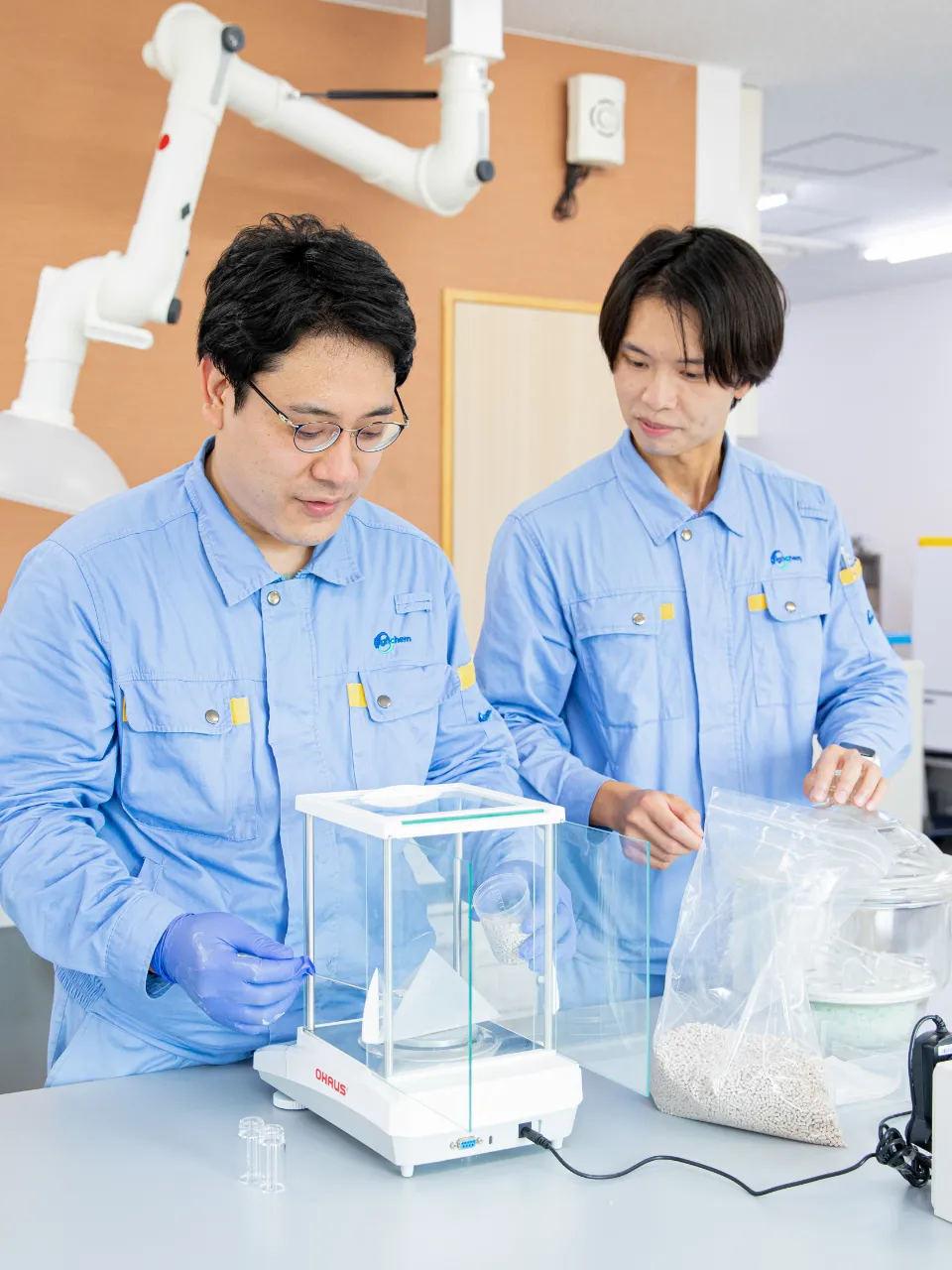
― Please tell us about the future market development and research direction of Polylactic Acid (PLA).
F: As a company, we want to replace petroleum-derived synthetic fibers with Polylactic Acid (PLA) fibers. To that end, we are considering approaching European maison brands in the future. Europe is known as a region that is very sensitive to environmental responses, but Polylactic Acid (PLA) is still a fiber unknown to them with low recognition. Therefore, we believe there is a great opportunity for it to be accepted as a Made in Japan material.
In addition, by expanding to European brands, we want to be adopted by more brands in the Japanese and Chinese markets, and spread the recognition of the material.
R: Polylactic Acid (PLA) is currently the most used biodegradable plastic in the world, so we are actively working on it. However, we also want to focus on other environmentally friendly resins. We think that having our own research facilities will give us more options for resins with marine biodegradability and bio-based plastics.
T: Chemistry, especially high polymer polymers, can create various compounds depending on the combination, just like the Lego we played with as children.
We would like researchers with such ambition to join the HighChem team."
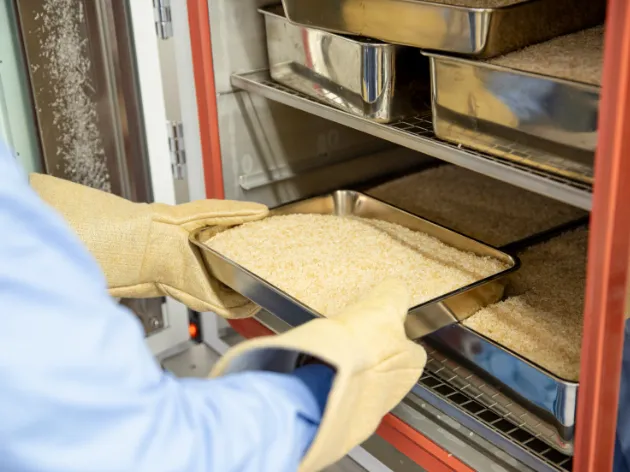
High Molecular Weight PLA